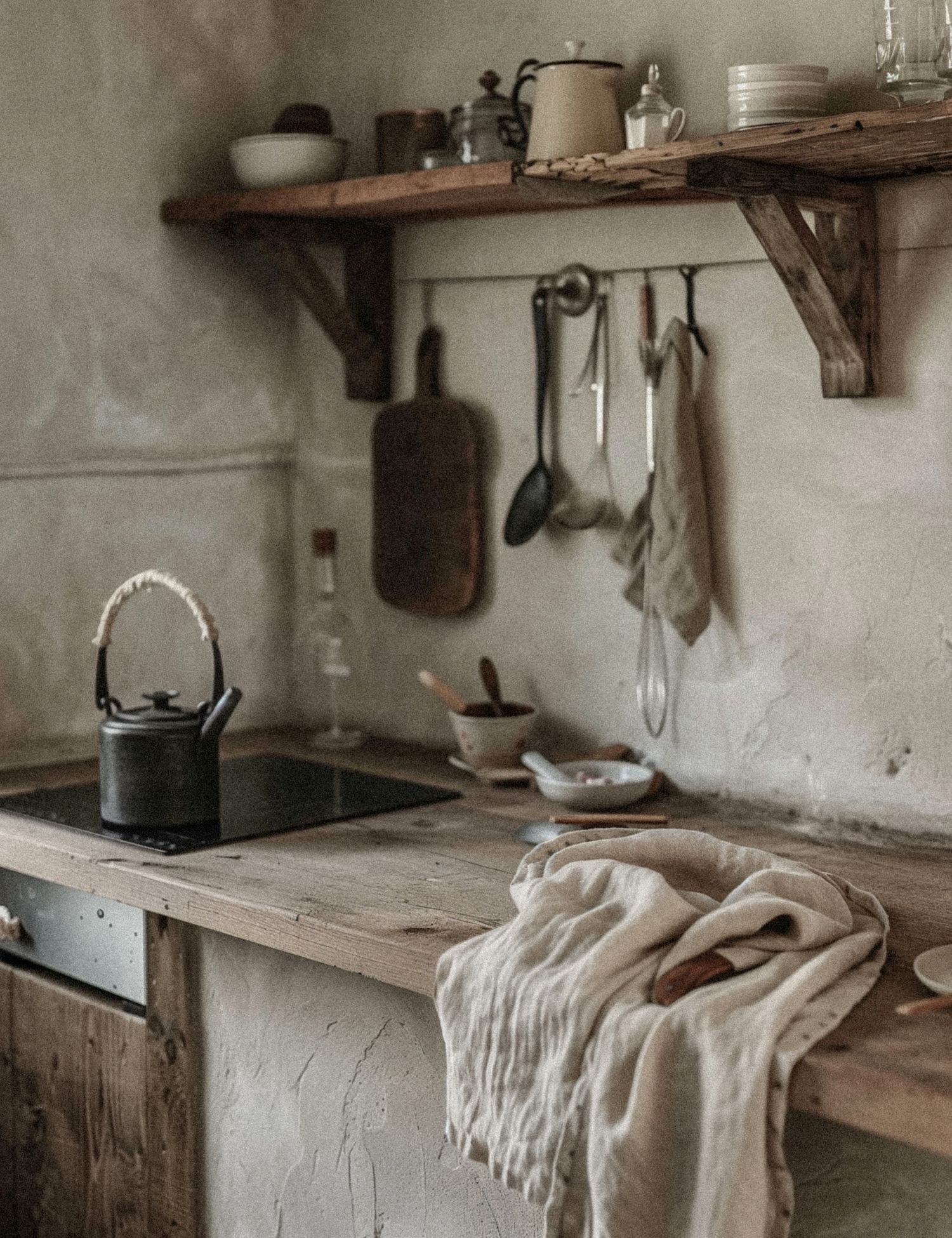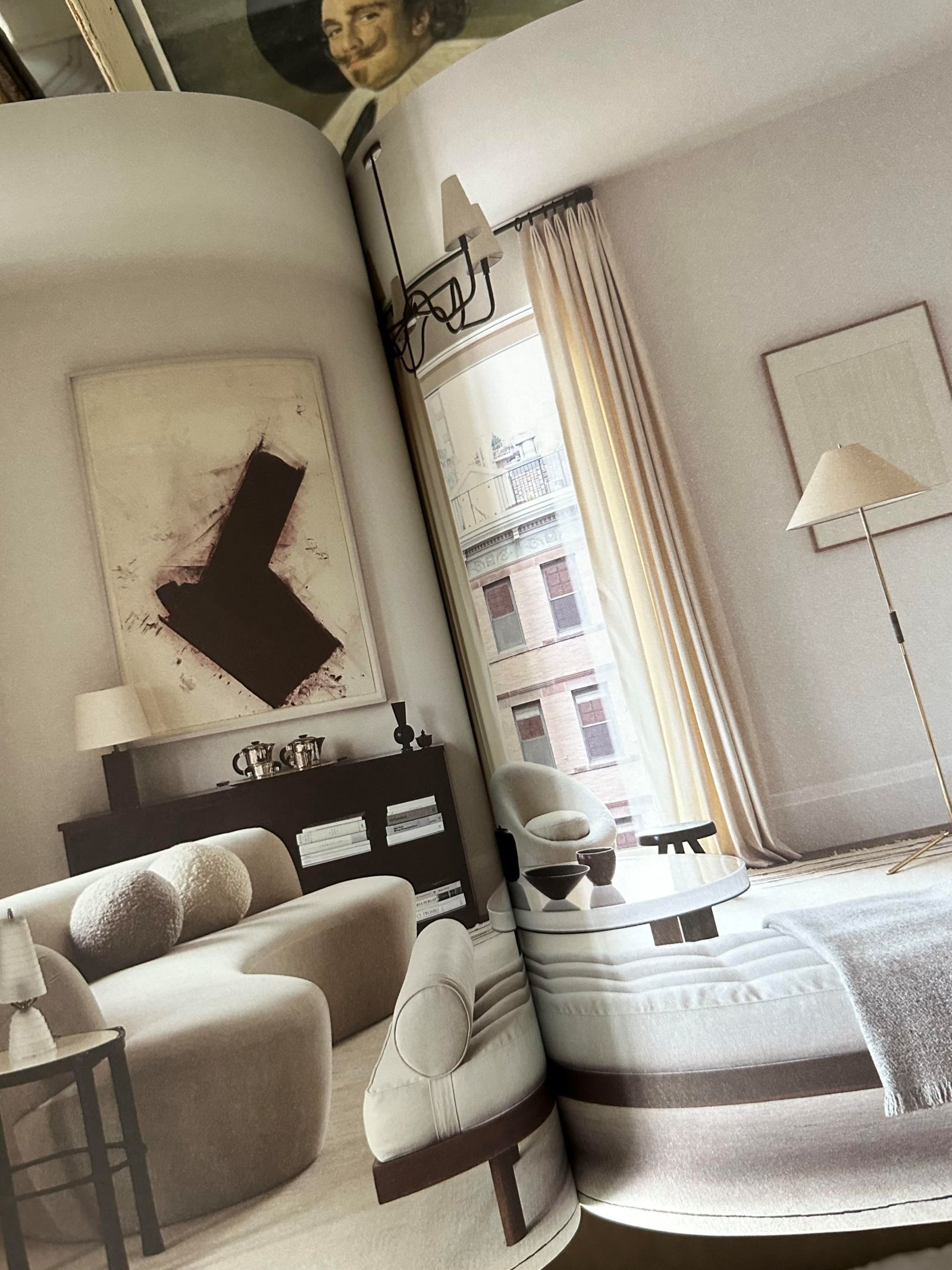
Reimagining Your Home as a Sanctuary for Wellbeing
Your home is more than a physical structure; it’s the heart of your daily life, the space where you rest, reflect, and recharge. For many of us, our homes have become multifunctional hubs, serving as offices, classrooms, gyms, and sanctuaries. With so much of life happening under one roof, it’s more important than ever to ensure your home actively supports your wellbeing. A thoughtfully designed abode can do more than just look beautiful—it can improve your mood, reduce stress, and even boost your physical health.
The good news? Elevating the sense of wellbeing in your home doesn’t require a total overhaul. Small, intentional changes can have a profound impact on how you feel every day. By focusing on elements that encourage comfort, clarity, and calm, you can transform your space into a nurturing environment. Here are five simple yet powerful ways to create a home that prioritises your wellbeing.
5 POWERFUL STRATEGIES TO ENHANCE WELLBEING IN YOUR HOME
Maximise Natural Light and Ventilation
Natural light and fresh air are often overlooked, yet they are two of the most essential components of a healthy home. Sunlight doesn’t just brighten your space; it has a direct impact on your mental and physical wellbeing. Exposure to natural light boosts serotonin levels, which can improve mood, enhance focus, and regulate sleep-wake cycles. A well-lit home also reduces the need for artificial lighting during the day, creating a more natural rhythm and lowering energy consumption.
Start by observing how sunlight moves through your home. Are there areas that feel dark or closed off? Rearranging furniture, adding mirrors to reflect light, or swapping heavy curtains for lighter, sheer fabrics can help maximise daylight. Skylights or strategically placed lamps that mimic natural light can also make a difference in darker rooms.
Equally important is airflow. Stale indoor air can feel heavy and uninspiring, while fresh air revitalises both your mind and body. Open windows regularly, even during cooler months, to circulate fresh air throughout your space. If you live in an urban area where opening windows isn’t always practical, consider investing in an air purifier. This small addition can significantly improve air quality, making your home feel fresher and healthier.
Design Functional Spaces for Rest, Work, and Leisure
In today’s multifunctional homes, clear boundaries between activities are essential for maintaining balance and wellbeing. Without designated zones, it’s easy for work to bleed into leisure time or for rest to feel disrupted by clutter and unfinished tasks. By defining specific areas for rest, work, and play, you create a sense of order that allows you to fully engage in each activity without distraction.
A rest zone might include a comfortable armchair, a soft throw, and a small table for your tea or favourite book. This space signals to your mind that it’s time to unwind, even if it’s just for a few minutes. Similarly, a work zone—even a small one—should be functional and free of distractions. A tidy desk, good lighting, and an ergonomic chair can make all the difference in your focus and productivity.
Play zones, whether for hobbies, exercise, or quality time with loved ones, remind you to prioritise joy and movement in your life. Thoughtfully incorporating storage solutions and decorative elements within these zones can ensure they are as visually appealing as they are practical. Having spaces with clearly defined purposes helps create a natural rhythm in your day, reducing stress and promoting a healthier work-life balance.
Use Textures to Enhance Comfort
The tactile elements of your home deeply influence your emotional connection to it. Soft furnishings, textured surfaces, and natural materials can create a cocooning effect that makes your home feel more inviting and comforting. Textures are not just visual; they engage your sense of touch, which is often underappreciated in interior design but crucial for creating a sense of wellbeing.
Think about the surfaces you interact with most. A plush rug underfoot, a linen duvet on your bed, or a chunky knit throw draped over a sofa all contribute to a sense of comfort. Incorporating natural materials such as wood, stone, or ceramics further enhances this effect, grounding your space in organic beauty.
Layering textures also adds depth to your decor, making your home feel rich and multidimensional. This isn’t about creating a cluttered or overly complicated look; it’s about curating elements that feel authentic and tactile. When you surround yourself with materials that invite touch and warmth, you create a space that encourages relaxation and connection.
Declutter for Improved Wellbeing
Clutter isn’t just a visual distraction; it can have a significant impact on your mental clarity and emotional wellbeing. Studies have shown that a cluttered environment can increase stress and make it harder to focus. On the flip side, a well-organised home promotes clarity and calm, giving you a sense of control over your space.
Decluttering doesn’t mean striving for minimalism unless that aligns with your style. Instead, it’s about creating an environment that supports your daily life and reflects your values. Start with high-traffic areas, like your kitchen counters or entryway. Remove items that don’t belong, find storage solutions for the essentials, and let go of things that no longer serve a purpose.
Stylish storage options, such as woven baskets or modular cabinets, can help keep items organised without sacrificing aesthetic appeal. The act of decluttering is also a mindful process that allows you to reflect on what truly matters to you. As you simplify your environment, you create space for what brings you joy and peace.
Incorporate Wellness Rituals
The way you use your home can be just as impactful as how it looks. Introducing small, wellness-focused rituals into your daily routine transforms your home into a place of intentional living. These rituals don’t have to be elaborate—it’s about finding moments of pause and presence within your space.
A simple tea station in the kitchen can encourage you to take mindful breaks throughout the day. A bedside diffuser with calming scents like lavender or chamomile can set the tone for restful sleep. Incorporating houseplants not only adds a touch of nature but also improves air quality and creates a sense of connection to the natural world.
Lighting a candle in the evening, journaling in a dedicated corner, or practising yoga in a quiet area of your home are other small rituals that can have a big impact on your wellbeing. These practices ground you in the present moment, fostering a deeper appreciation for your surroundings and the life you’re creating within them.
Your Path to a More Supportive Space
Your home is a reflection of your inner world, and designing it with intention can profoundly impact your wellbeing. By embracing natural light and airflow, creating purposeful zones, layering textures, decluttering, and incorporating rituals, you can transform your space into a sanctuary that supports and nurtures every aspect of your life.
Wellbeing isn’t about perfection; it’s about creating an environment that feels authentic to you and aligns with your values. These five strategies are not just about design—they’re about fostering a deeper connection between you and your home. When you take the time to invest in your surroundings, you’re ultimately investing in yourself, paving the way for a more balanced, harmonious life.
So, start small, be intentional, and watch as these changes ripple into every corner of your wellbeing.

Want to deepen your self-care journey? Click below to read our insights on prioritising your wellbeing as a creative entrepreneur, and unlock new ways to nourish your mind and creativity.





